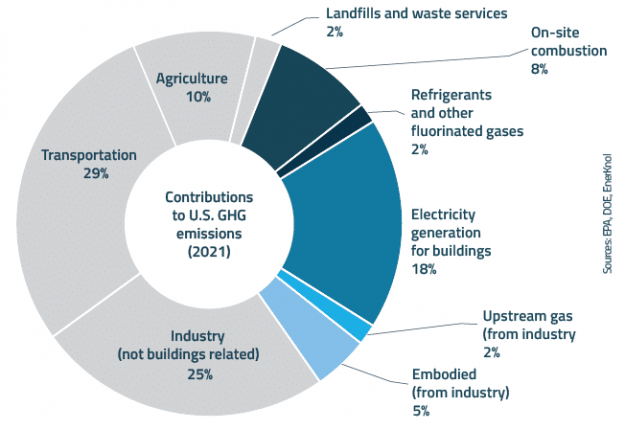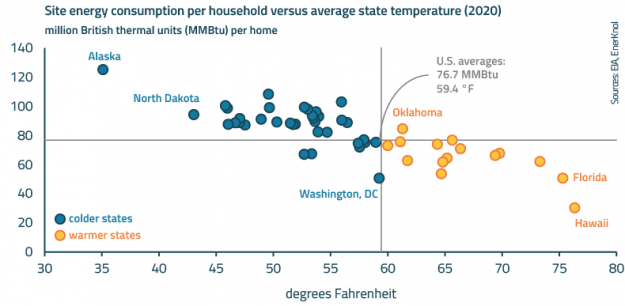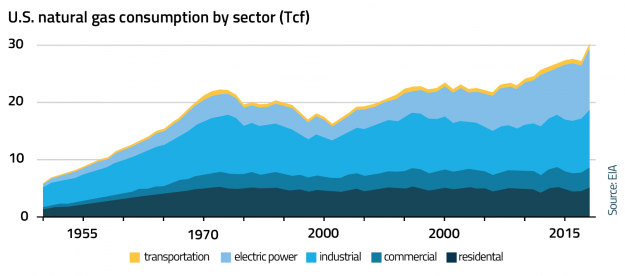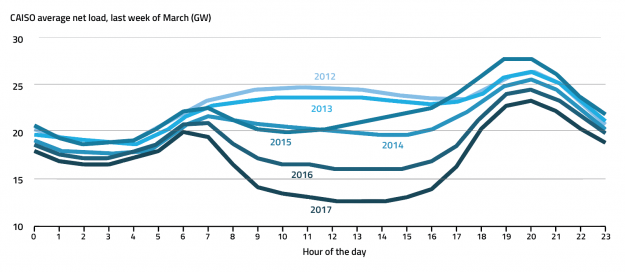Energy Efficiency Vital for Building Decarbonization in the Shift to Net-Zero Economy
Recognizing the crucial role of energy efficiency in enabling an affordable energy transition, the U.S. Department of Energy (DOE) has unveiled the first federal blueprint for decarbonizing the buildings sector including goals to reduce on-site energy use intensity … Read the full report …...







